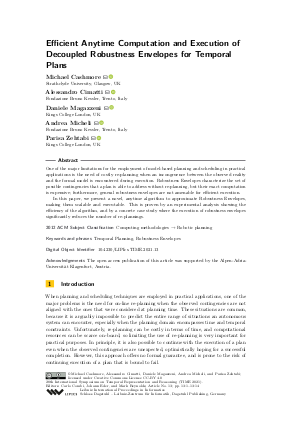LIPIcs.TIME.2021.13.pdf
- Filesize: 0.86 MB
- 14 pages

 Creative Commons Attribution 4.0 International license
Creative Commons Attribution 4.0 International license

















Feedback for Dagstuhl Publishing